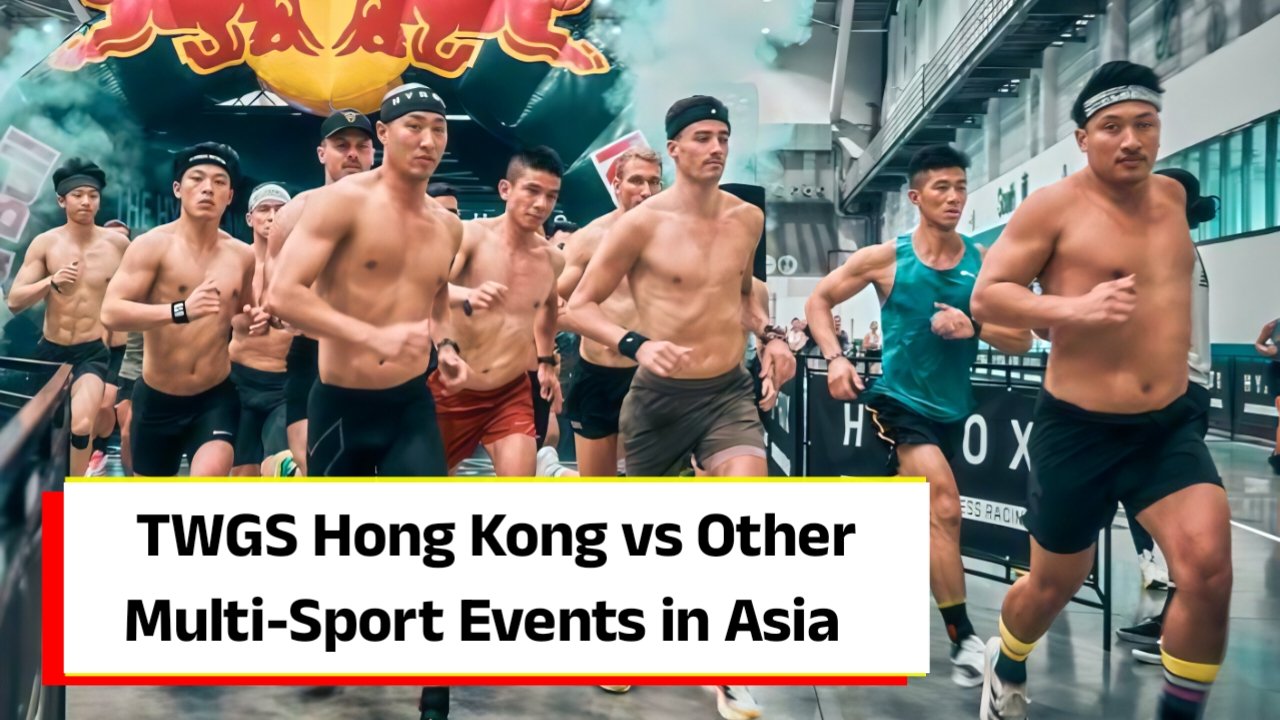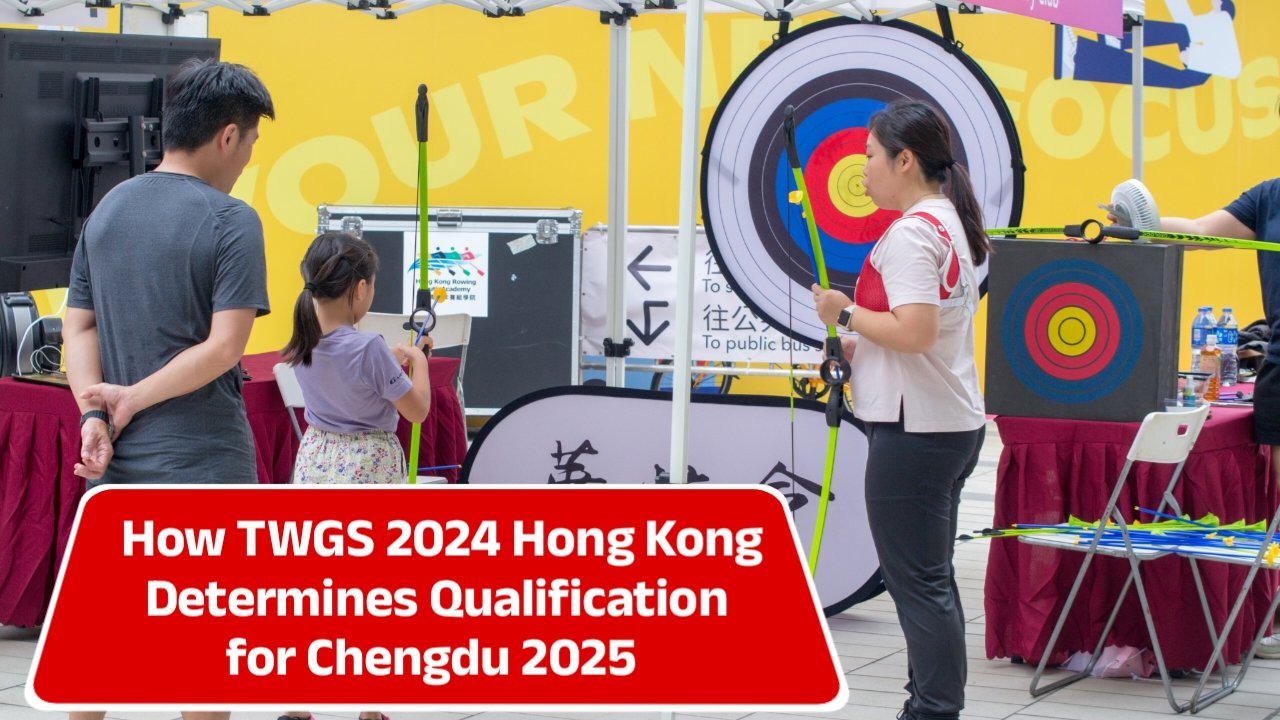Asia has emerged as a powerhouse for hosting international multi-sport events, from the Asian Games to the Southeast Asian (SEA) Games and the Summer Universiade. In 2024, Hong Kong proudly hosted the The World Games Series (TWGS), introducing a new global sporting platform to the region. While it may not yet match the massive scale of the Asian Games, TWGS Hong Kong brought with it unique strengths in innovation, accessibility, and global exposure.
This article compares TWGS Hong Kong with other established Asian multi-sport events, highlighting their differences, similarities, and lasting impacts.
Overview
| Aspect | TWGS Hong Kong (2024) | Asian Games | SEA Games |
|---|---|---|---|
| Scale | Smaller, selective participation | 10,000+ athletes, 40+ sports | 5,000–6,000 athletes, 11 nations |
| Sports Diversity | Focus on non-Olympic & emerging sports | Olympic + traditional sports | Mix of Olympic & regional sports |
| Venues | Sustainable use of existing infrastructure | Heavy government-led investment | Mix of new & existing facilities |
| Audience | Global online engagement | Wide Asian TV/media coverage | Strong regional following |
| Impact | Tourism, innovation, cultural exchange | Economic growth, infrastructure | Regional pride, cultural unity |
| Legacy | Digital-first, inclusive, sustainable | Large-scale infrastructure | Regional cooperation |
Scale & Participation
One of the most noticeable contrasts lies in scale. The Asian Games, organized by the Olympic Council of Asia, often features 10,000+ athletes across 40+ sports, making it second only to the Olympics. The SEA Games usually involves 5,000–6,000 athletes from 11 Southeast Asian nations.
By comparison, TWGS Hong Kong was more selective, focusing on non-Olympic and emerging sports such as Wushu, Cheerleading, and Roller Sports. Its scale was smaller but intentionally designed to showcase sports diversity and give non-mainstream athletes a global platform.
Sports Diversity
TWGS Hong Kong differentiated itself by spotlighting sports not often featured in traditional multi-sport events. While the Asian Games and SEA Games highlight traditional Olympic sports like athletics, swimming, and gymnastics, TWGS emphasized youth-driven and culturally unique disciplines.
For instance:
- Cheerleading attracted young audiences and showcased creativity.
- Wushu reflected Asia’s martial arts heritage.
- Roller Sports appealed to urban and lifestyle sports fans.
This distinct lineup positioned TWGS as a pioneer in promoting inclusivity and diversity in global sports.
Organization & Venues
The Asian Games and SEA Games are typically organized by governments with heavy investment in infrastructure. These events often leave behind stadium legacies and urban development projects.
In contrast, TWGS Hong Kong 2024 relied on existing world-class venues, optimized for sustainability. The Hong Kong government and local organizers highlighted cost efficiency, accessibility, and environmental responsibility—a refreshing contrast to the resource-heavy Asian Games model.
Audience Engagement & Media
The Asian Games dominate traditional media across Asia, drawing millions of TV viewers. Similarly, the SEA Games resonate strongly within Southeast Asia due to their cultural and regional relevance.
TWGS Hong Kong, however, leaned into digital-first engagement. Social media campaigns, interactive fan zones, and live-streaming platforms brought the event to a global online audience. This approach helped connect with Gen Z and millennial sports fans, proving that smaller events can achieve massive visibility without mega-broadcast budgets.
Economic & Cultural Impact
The Asian Games often deliver significant economic boosts to host nations but also raise concerns about cost overruns. The SEA Games serve as a platform for cultural pride and regional unity.
Meanwhile, TWGS Hong Kong had a dual impact:
- Economic: Boosting tourism, hospitality, and retail.
- Cultural: Celebrating Hong Kong’s role as a bridge between East and West, while introducing non-traditional sports to new audiences.
Its legacy lies not in monumental infrastructure but in innovation, inclusivity, and sustainable event management.
Conclusion
The TWGS 2024 in Hong Kong may not rival the Asian Games or SEA Games in terms of size, but it has carved out a distinct identity in Asia’s sports ecosystem. By focusing on non-Olympic disciplines, digital engagement, and sustainability, TWGS demonstrated how multi-sport events can evolve to meet the demands of a changing world.
Where the Asian Games symbolize scale and tradition, and the SEA Games embody regional pride, TWGS brings innovation and inclusivity—a perfect complement to Asia’s already rich sporting calendar.
FAQs
Q1: What makes TWGS different from the Asian Games?
A1: TWGS focuses on non-Olympic and emerging sports, while the Asian Games highlight Olympic disciplines.
Q2: How did TWGS Hong Kong engage its audience?
A2: Through digital platforms, social media campaigns, and live-streaming for global reach.
Q3: What is TWGS’s legacy compared to other events?
A3: It leaves behind a legacy of sustainability, inclusivity, and youth-focused sports promotion.

















